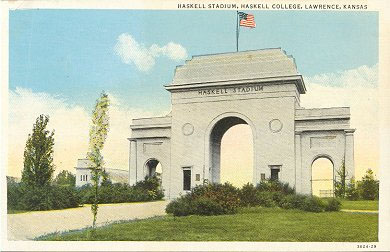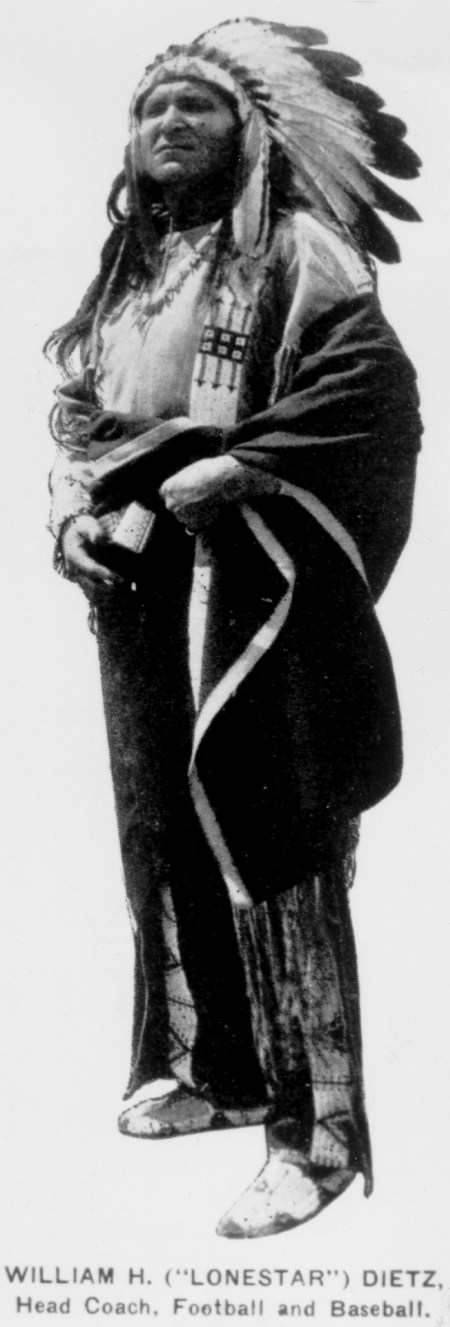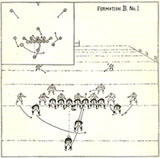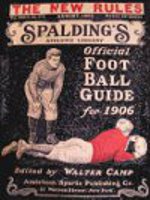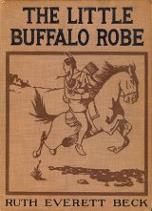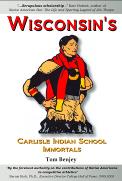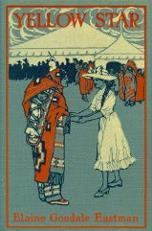While conducting research on Lone Star Dietz in Kansas and Oklahoma, we drove past the long-closed Chilocco Indian School. Seeing that the gate was unlocked, we drove in the lane past cultivated fields, the school’s lake, and eventually into the center of the school’s campus. A caretaker noticed us wandering about and inquired about our presence there. She was puzzled because the gate was supposed to be locked as the grounds were not open to the public. She graciously allowed us to continue looking around.
The school closed its doors and, other than part of it being used by a drug rehabilitation program for some years, it has been fallow since 1980. Ivy has grown over some of the beautiful stone buildings. Decay would make renovating the campus an expensive undertaking, but well worth the investment. After bemoaning the sad state of this beautiful campus for some years, I came across something on the web that caught my eye.
Chilocco, “The Light On The Prairie,” has been deeded over to Council of Confederated Chilocco Tribes (CCCT) which consists of representatives from Kaw Nation, Otoe-Missouri Tribe, Pawnee Nation, Ponca Nation, and Tonkawa Tribe. The outer portions of the campus, consisting of large agricultural fields have been divided up among the five tribes for development . The 165 acres which comprise the central campus are held jointly. The Alumni Association, with a grant from Conoco-Phillips 66 Oil Company, is restoring the cemetery. The CCCT is raising money to be used to restore the buildings and create a museum. The Chilocco campus has been on the National Register of Historic Places for some time and is under consideration for nomination as a National Historic Landmark.
Some Carlisle students, such as Iva Miller (Jim Thorpe’s first wife), faculty and administrators also spent parts of their careers at Chilocco. I first became aware of Iva and Chilocco at the St. Louis World’s Fair of 1904. That story is told in Keep A-goin’: the life of Lone Star Dietz.

Chilocco Indian School campus

